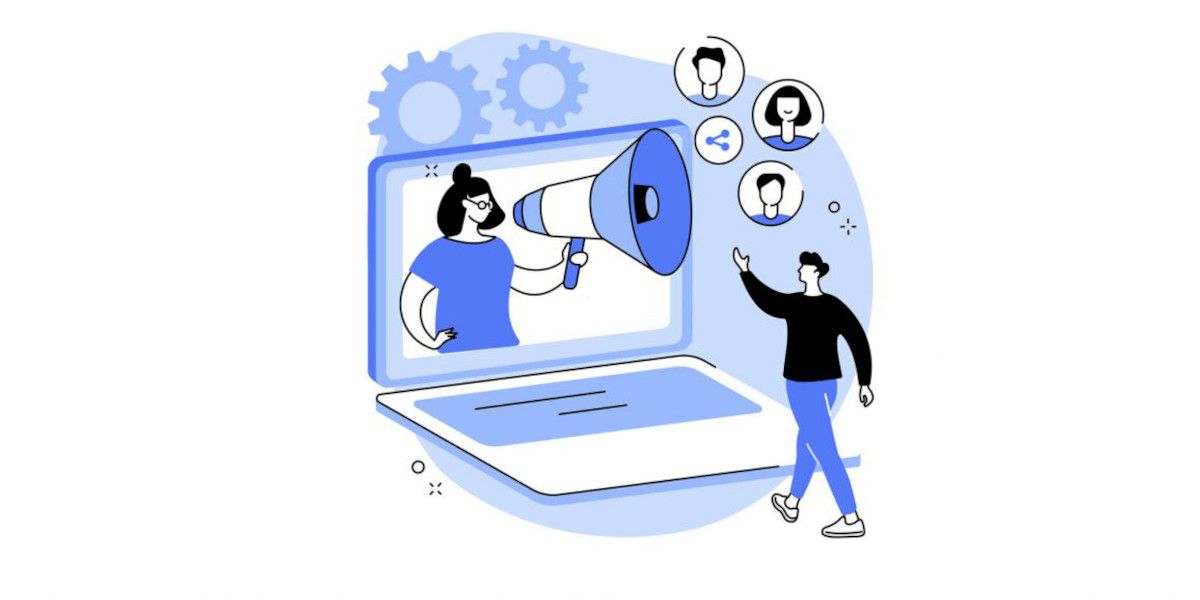
Why Repurchase Frequency is the most Important metric of your online store
Having repeat customers is always a good thing for Ecommerce stores. The more repeat customers you have, the more their Average Order Value (AOV) increases, and the more you can reduce your advertising costs and optimize your Return On Ad Spend (ROAS).
But how often they return is also important, and this is where the Repurchase Frequency metric becomes so crucial. Here we look at what this is, why it matters so much, and how to improve it in your store.
What is repurchase frequency?
Repurchase frequency is the average time in days between two or more orders made by a specific customer. Essentially: how often they return to your store to make purchases. For example, a customer may return every 30 days, 60 days, or once a year.
This is not to be confused with the repurchase rate, which refers to the average percentage of customers that make another purchase within a set period of time. For example, f 100 customers make their first order in a given month and 15 of them return to make a second order within a period of 30 days, the repurchase rate for 30 days would be 15%. You could also have a repurchase rate for 60 days, 90 days, or more.
Why repurchase frequency matters
The reason why repurchase frequency matters is simple: the better the repurchase frequency, the more orders your store will receive in a set period of time. If the average repurchase frequency is 120 days, that means the average customer makes 3 purchases a year. If you reduce it to 90 days, this translates into 4 purchases a year, increasing orders by 25%.
How does repurchase frequency affect your store’s performance?
When the repurchase frequency is improved (the time between purchases is reduced), your customers are making more purchases over a given time period. his means:
- AOV increases – statistics show that customer AOV increases with each purchase made.
- Customer Lifetime Value (CLV) increases – the amount each customer contributes over their lifetime at the store increases.
- Advertising costs go down – it’s five times cheaper to convert repeat customers compared to bringing in new ones.
![]()
How to improve your store’s repurchase frequency
First, you need to work out what your store’s repurchase frequency is, which involves analyzing your store’s data. Once you know what it is, you can set a goal for what you want the average repurchase frequency to be, which will depend on your store and the products you sell. To improve your repurchase frequency:
- Target customers with advertising. For example, if customers buy once then disappear or only return after a few months, reach out to them with ads before they slip away.
- If you sell consumable products, target your customers with ads at the moment when they are thinking about replacing their product.
- Set up a subscription option for certain products and provide your customers with a discount when they subscribe.
- Target existing customers with unique benefits and discounts based on their purchase history to encourage them to return.
- Create a Rewards Program. Encourage customers to return more frequently by earning points with each purchase that they can redeem for discounts.
- Use a Returning Customer Flow to provide customers with discounts when they make a follow-up purchase, or set up a VIP Flow to welcome them to your VIP club once they have spent a certain amount in the store.
Conclusion
While there are many ways to improve your repurchase frequency, the trouble often comes down to analyzing your store data effectively. Doing this manually can be a difficult process—not to mention tedious.
That’s where AdScale comes in. AdScale automatically analyzes your store data and provides you with detailed insights as well as recommendations like a ready-to-use advertising plan. This will make improving your repurchase frequency a lot quicker and easier, leading to faster and better results for your store.